I am working at boosting up my immune system. For the past two months I’ve been drinking a nourishing infusion of stinging nettles which my body actually craved. I recently wild harvested poke root and am curious what your thoughts are about it’s use for lyme as well as an overall immune booster.
Nettles are great and will help a lot with overall health and energy of the body. Poke is primarily a lymph stimulant. It can help in lyme, to move dead bacteria out of the system and thus promote healing. As the lymph system clogs up with dead bacteria, healing from bacterial infection slows down. It is a much stronger lymph system stimulant than red root, but may be of benefit for those who are concerned with hypercoagulation problems. Cleavers is a much weaker lymph herb which might also be of use. Poke tincture should be used in moderation, 5-10 drops to 3x daily. It, as far as I know, has no impact on immune function.




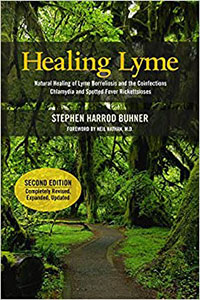
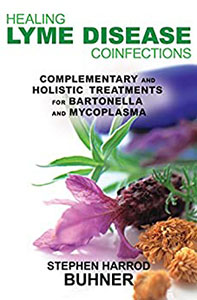
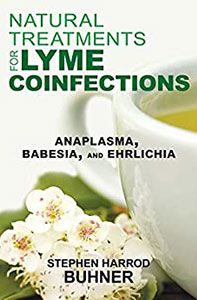
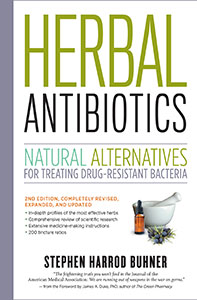
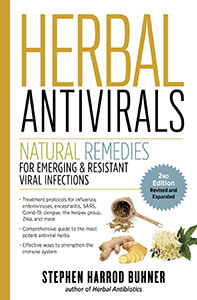
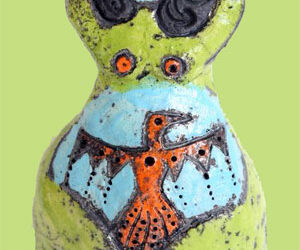


0 Comments